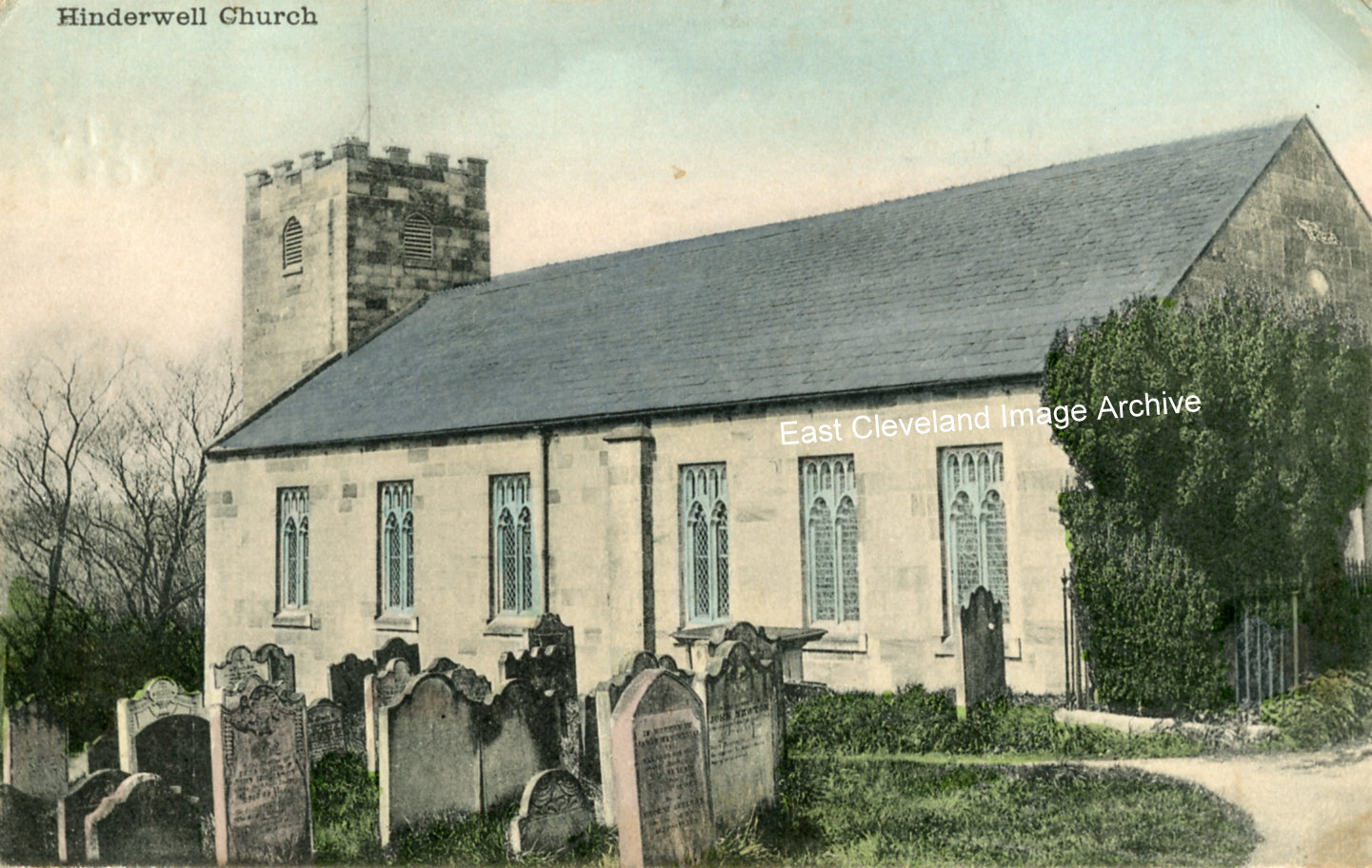
This view of St. Hilda’s Church, Hinderwell is from a card was posted in Whitby on 14th March, 1905 and is believed to have been produced by Tom Watson of Lythe.
Image courtesy of Beryl Morris.
|
|
||
 This view of St. Hilda’s Church, Hinderwell is from a card was posted in Whitby on 14th March, 1905 and is believed to have been produced by Tom Watson of Lythe. Image courtesy of Beryl Morris. 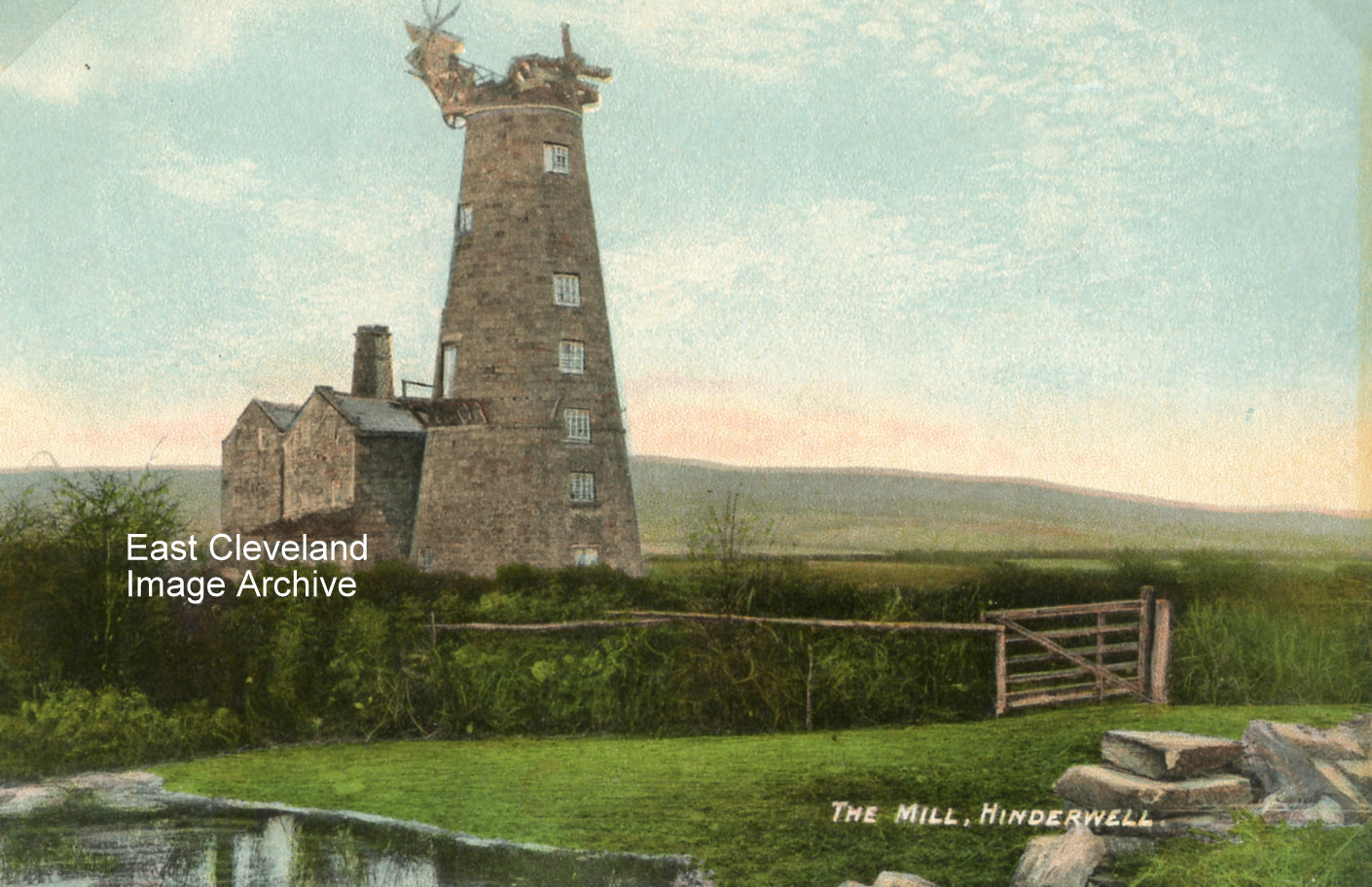 This image Hinderwell wind mill is from a Tom Watson of Lythe post card, un-post marked we are unsure of the precise date. The mill was built in 1820 by Isaac Moon who was also miller at the Dalehouse water mill, it stood seven storeys high and powered by four sails. In 1870 a steam engine was installed to help power the mill. Villagers used to hold dances on the mill floor and it was dismantled in 1915. The mill is marked on old maps and was behind the High Street, to the south west, between the road and the railway. It would have been close to where the Serenity Camp Site is now. Image courtesy of Beryl Morris, Maurice Grayson and Olive Bennett. 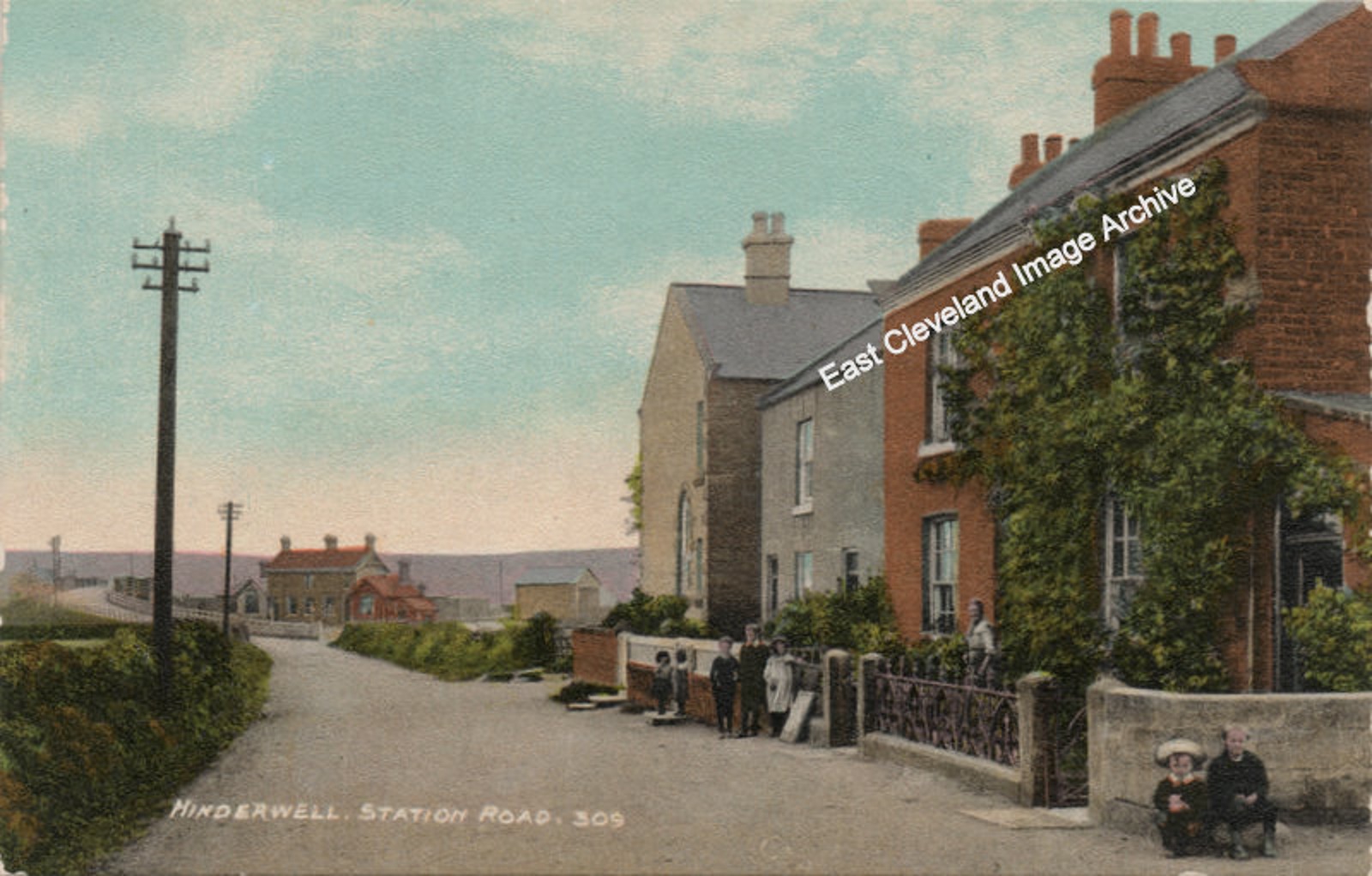 A very different view of the road everybody assumes is Station Road (it originally lead to Hinderwell Station – now sadly gone) but in reality is Brown’s Terrace. The corner visible to the right of this view adjoins the A174 as you drive through Hinderwell towards Whitby, just beyond the war memorial and Runswick Lane. The station site is now small industrial units. Sheila Roots advises: ”The little boy in the sailor suit is my father – William Harrison who lived at 4 Brown’s Terrace. I think the other boy is called Jack and they are sitting at the top of the lane leading to Brown’s Terrace. My brother and I used to stand on the bridge and watch the trains go underneath.” Image courtesy of Beryl Morris (from a postcard published by Tom Watson, Lythe), thanks to Sheila Roots for the update. 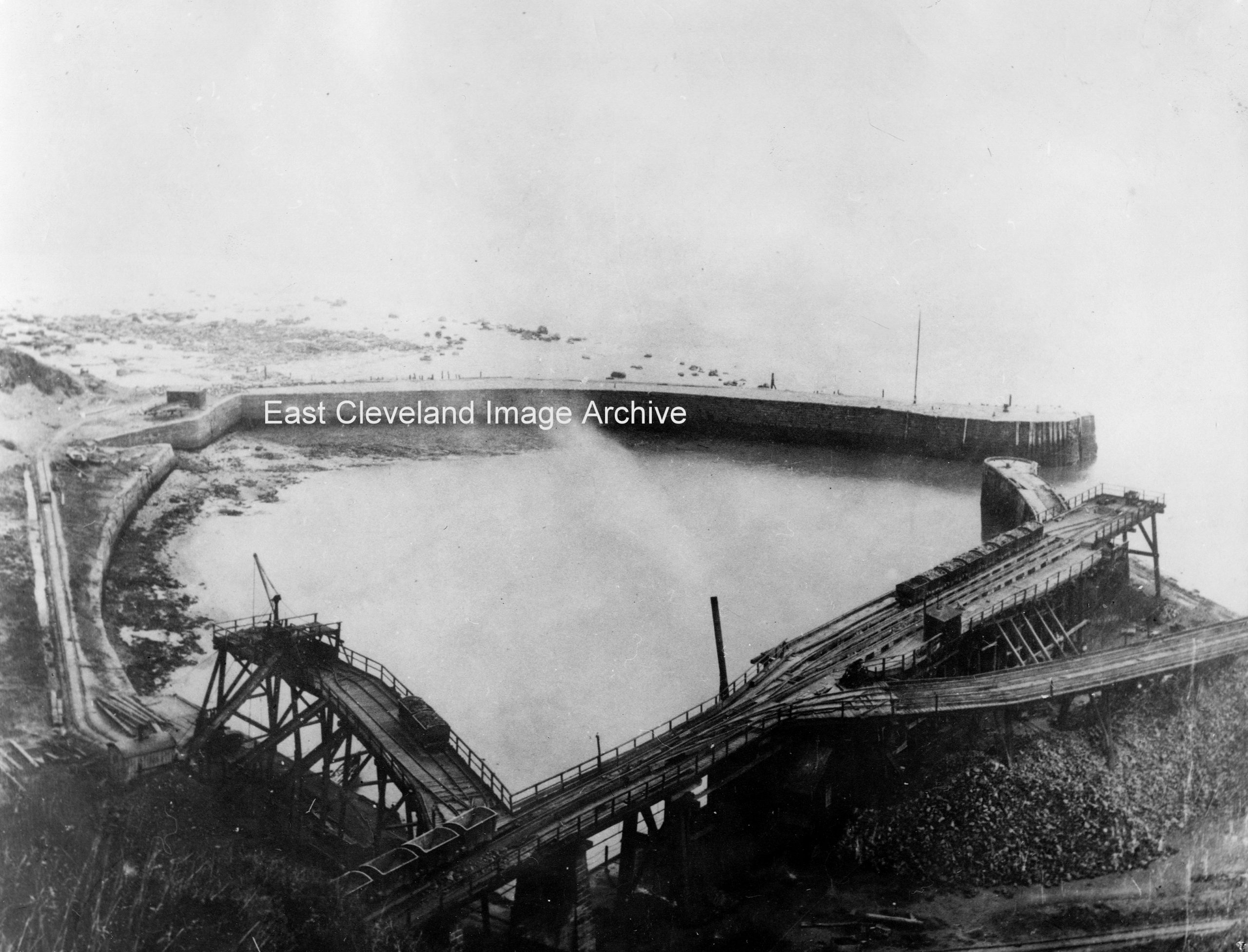 Port Mulgrave, when it actually was a port. Built around 1856-57, it was a very busy place serving the surrounding mines. Empty ironstone trucks are clearly visible on the gantry system; empty trucks to the lower left, awaiting return to the tunnel through to Dalehouse and Grinkle mine to be refilled. Image courtesy of Cleveland Ironstone Mining Museum. 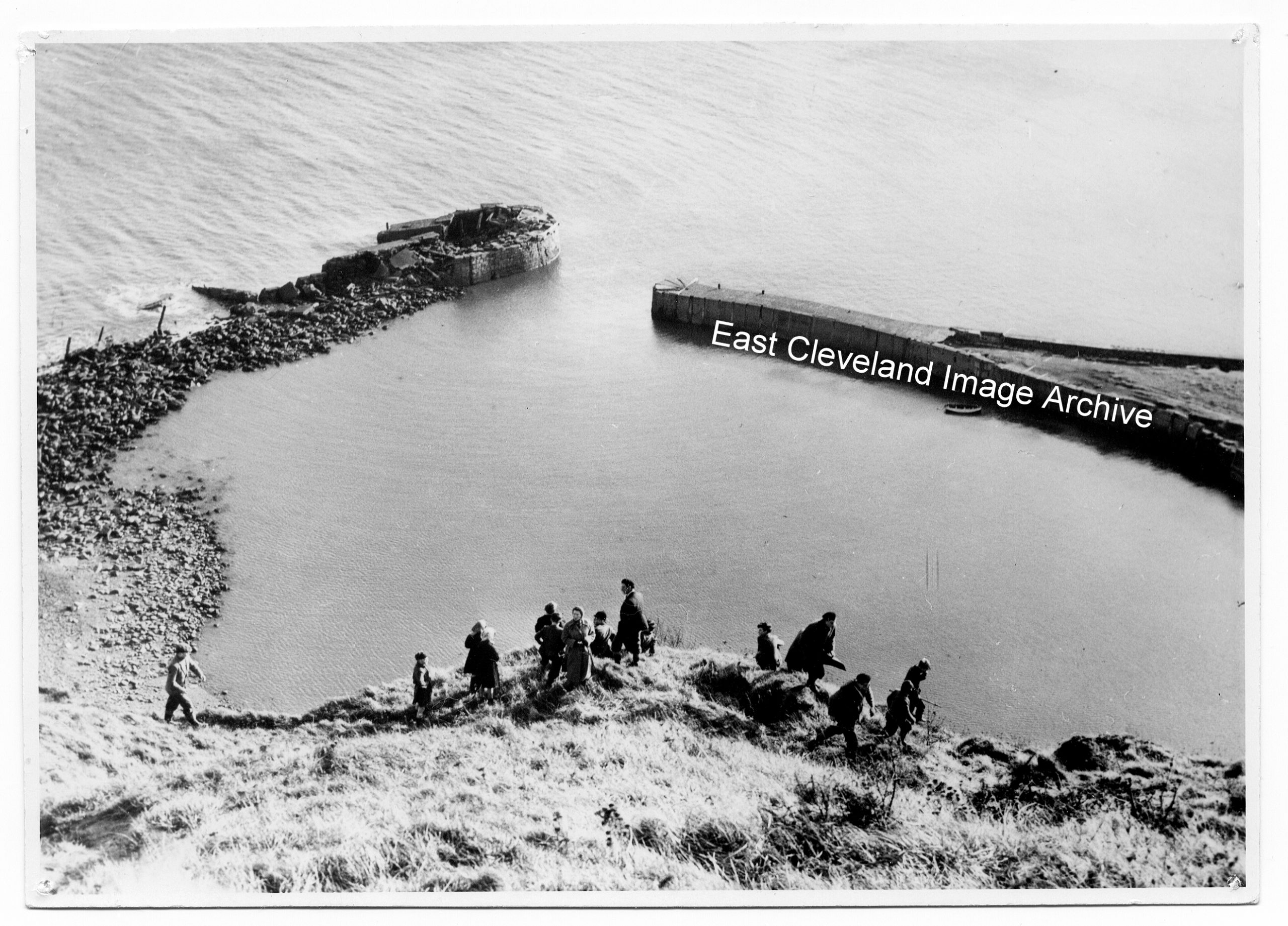 This is an ‘after’ photograph of the previous image; the port has all but gone now, when did it all go wrong? 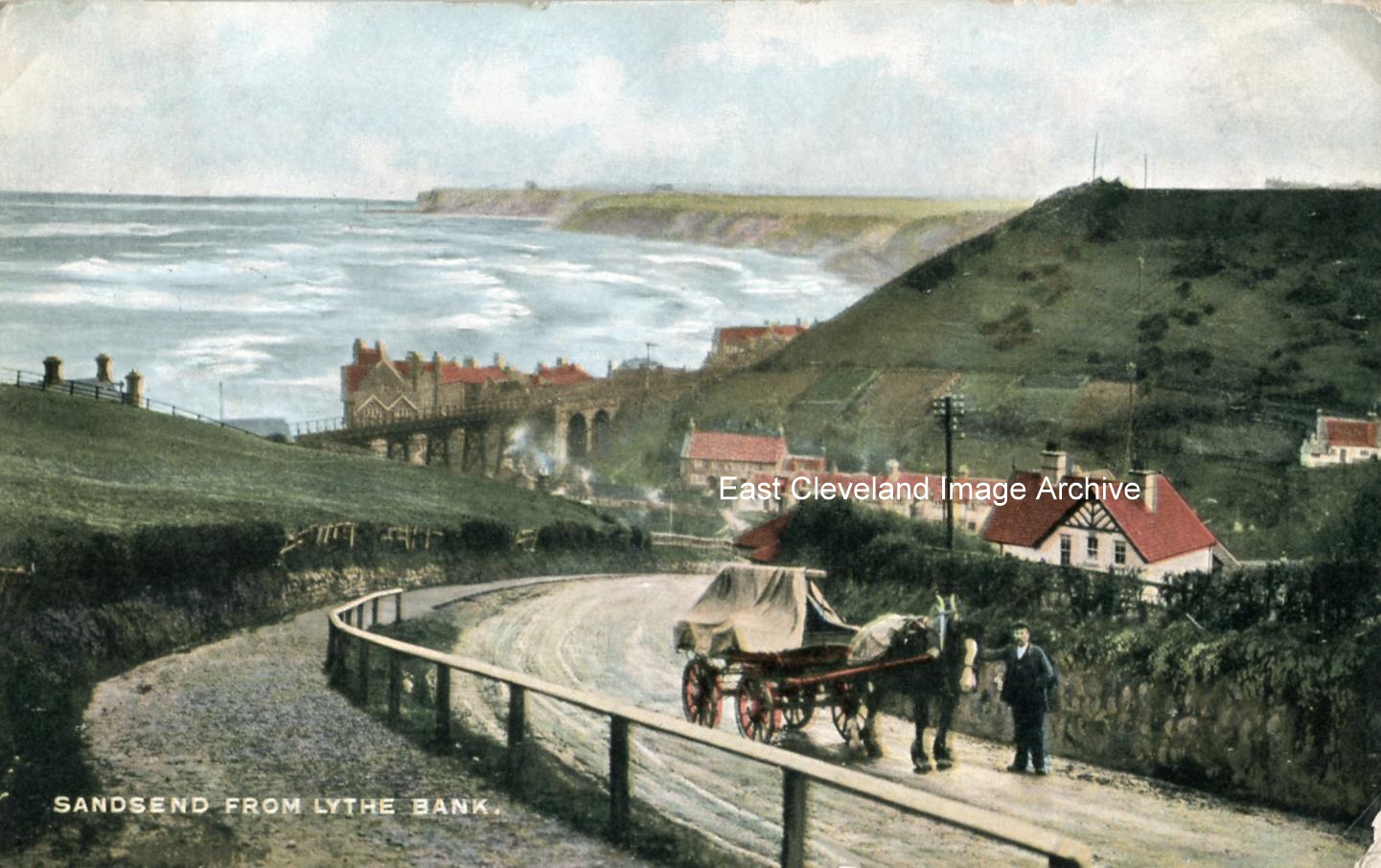 A lovely view, but having walked up this bank in the past I really feel for the horse. Rosemary Casson asked: ” When was this? This might be my Grandad, William Ernest Dudman who was the carrier for Lythe and Sandsend area”. The Archive can advise the image is from a Tom Watson postcard dating from 1905 to 1907. Image courtesy of Beryl Morris. 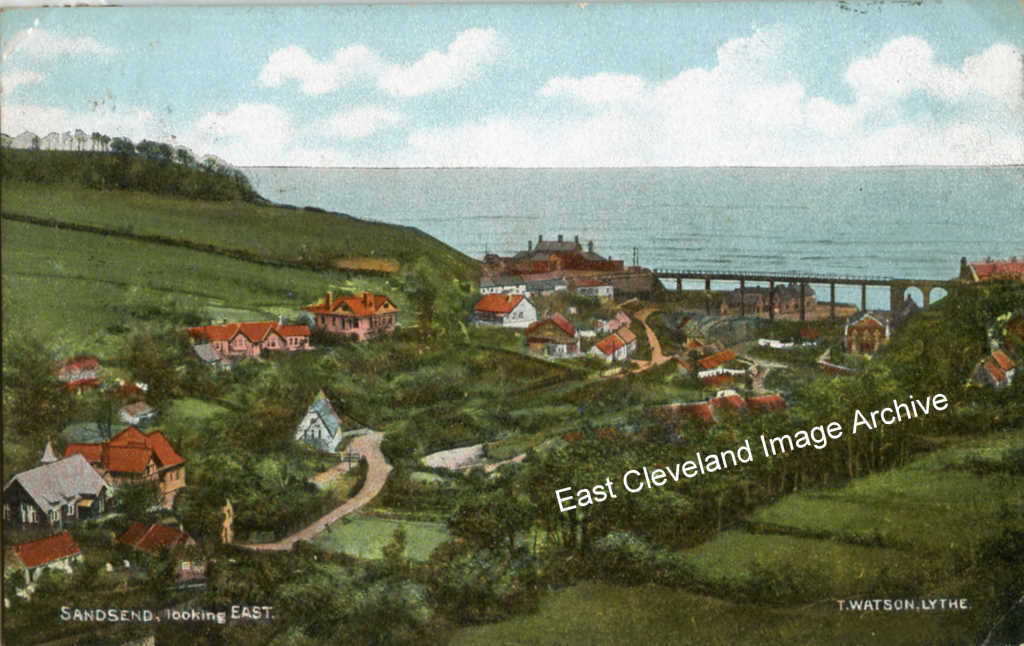 This is a view that we don’t normally see as we drive through Sandsend; the card was posted in December, 1904. Thanks to Peter Appleton for pointing out that the original caption for the image was incorrect: “This isn’t “looking east”. The coastline here runs approximately east-west. This view is looking approximately north-west.” Image courtesy of Beryl Morris, thanks to Peter Appleton for the update. 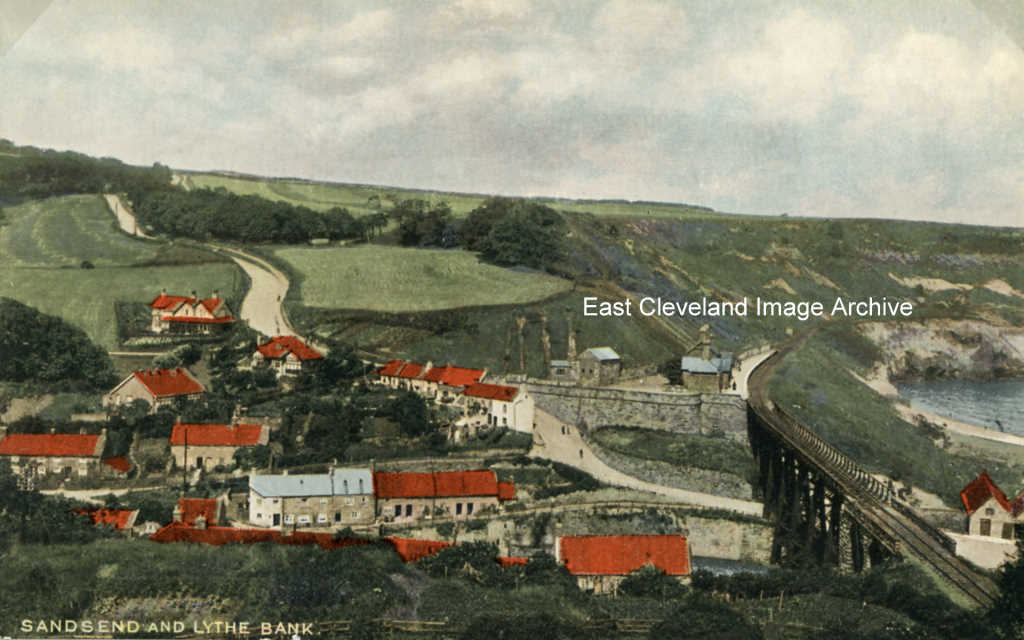 This view of Sandsend and Lythe bank is from a postcard, post marked with the date of 7th June, 1919. Perhaps from a holiday post World War I and all its horrors. Image courtesy of Beryl Morris. 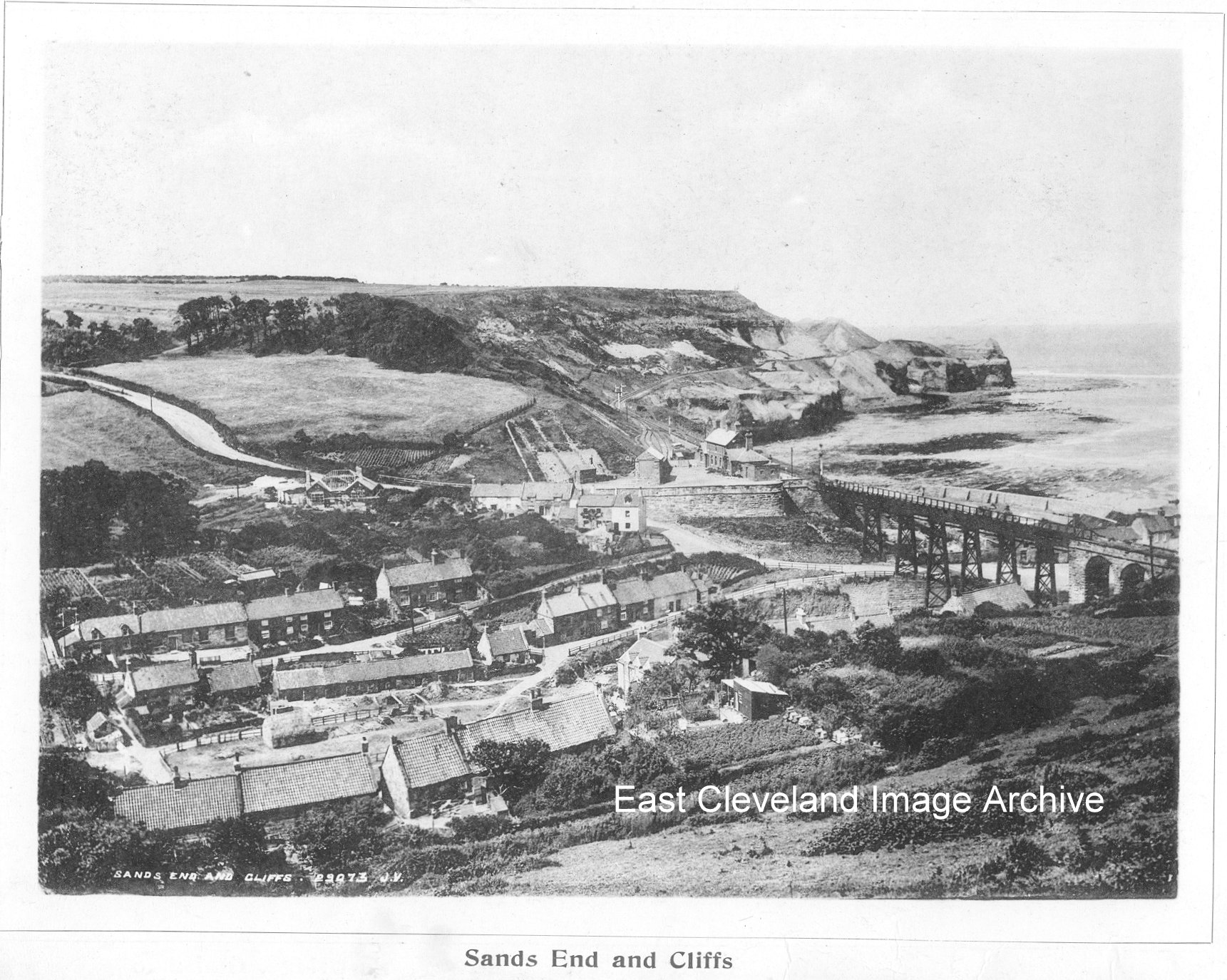 A view of Sandsend, entitled “Sand’s End and the Cliffs”; the railway station and its environs look remarkably tidy! The image is from a published “Views of Whitby & District”, undated but obviously early 20th century. The image also is also in ”Photographic View Album of Whitby”. (photographed and printed by Valentine & Sons Ltd., Dundee). 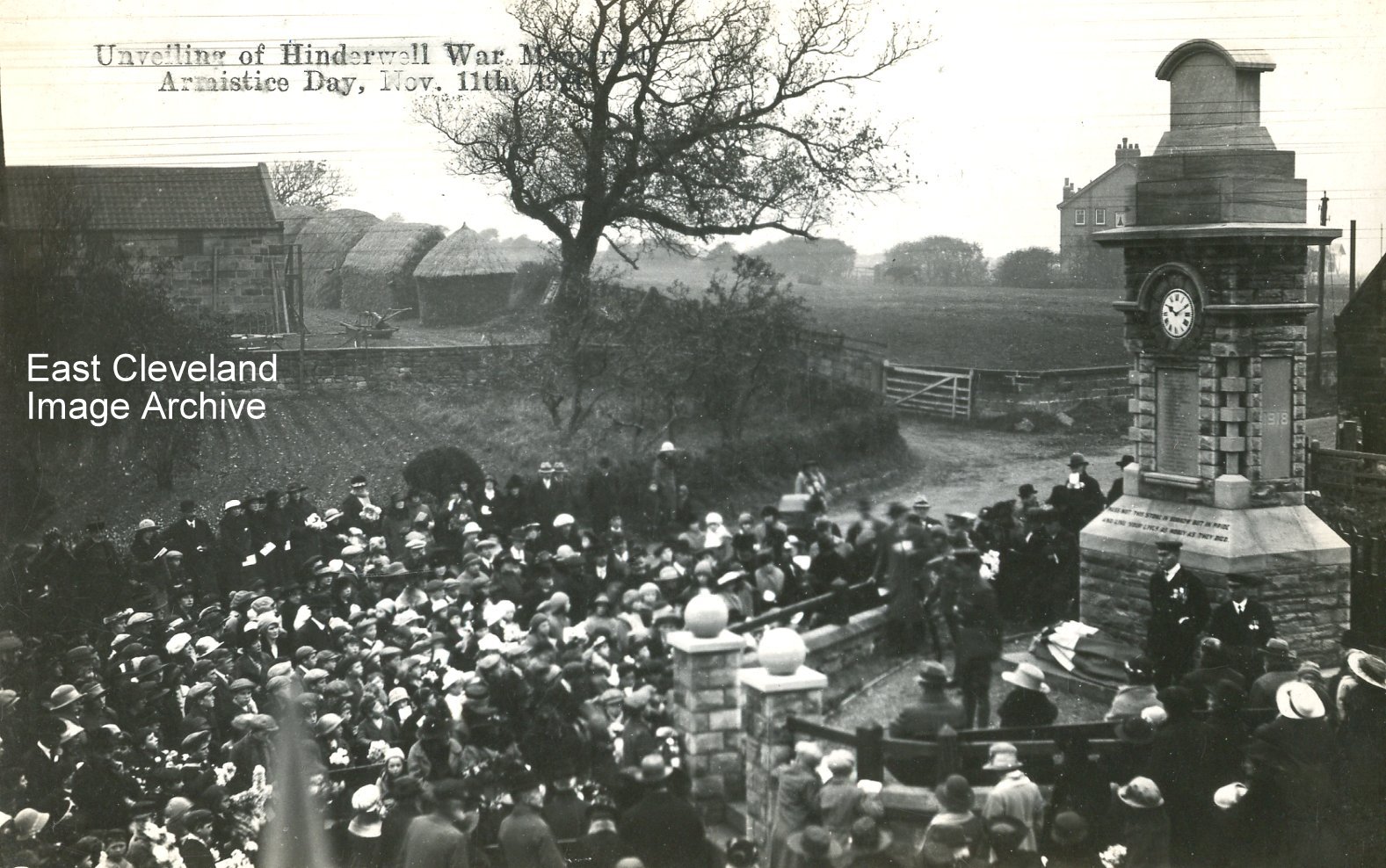 This photograph shows the unveiling ceremony of Hinderwell War Memorial on Armistice Day, 11th November 1921. The Memorial stands 22 feet tall at the junction of the A174 and Runswick Lane. It was constructed from Aislaby and Blue Bank stone from monies raised through public subscription. The unveiling ceremony was attended by Grinkle Miners’ Brass Band, at which £27 was collected to reach the final construction costs of £369; plus clock of £35. The image came from Carolyn Richard’s grandfather; William Grange he was the Co-op Manager at Hinderwell. Image courtesy of Carolyn Richards |
||
Recent Comments